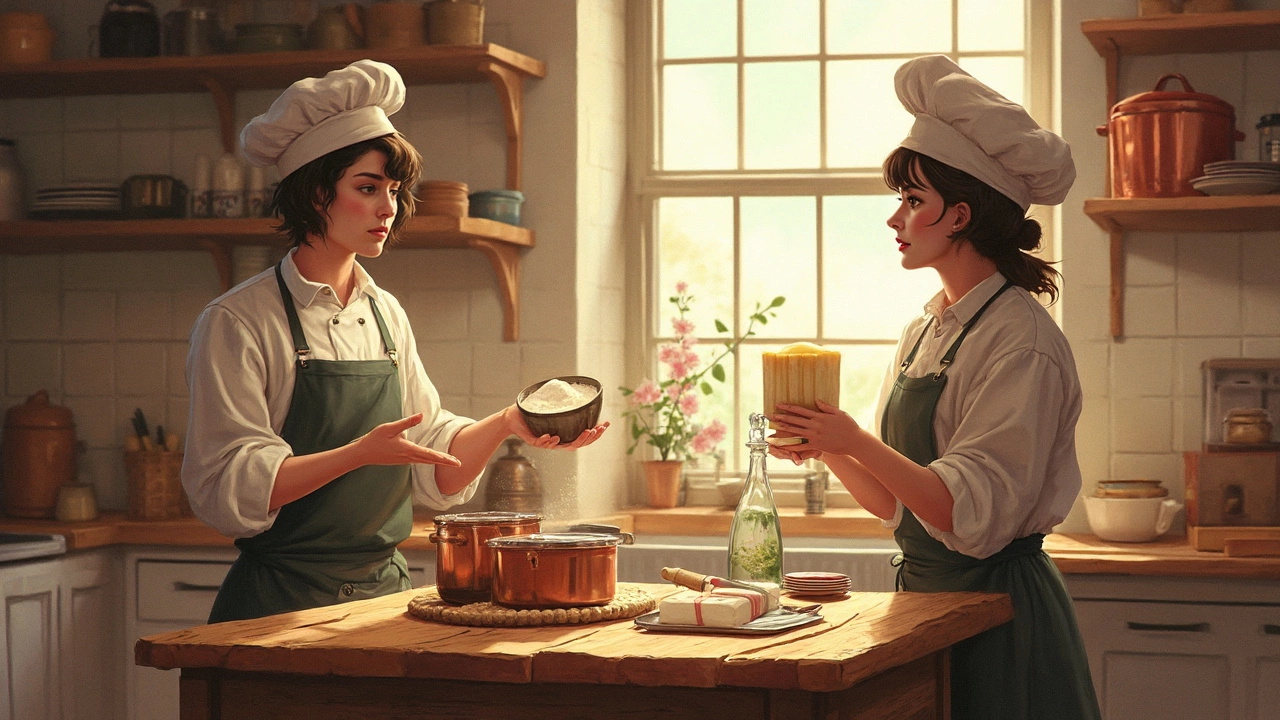
When it comes to cheesecake, deciding whether to use flour or cornstarch can be a bit of a puzzle. But why does it even matter? Well, the texture and firmness of your cheesecake might just hinge on this choice. Flour, the old-school option, tends to make cheesecakes more stable and a bit on the denser side. So if you love that hearty, rustic flavor, flour could be your go-to.
On the flip side, cornstarch brings a whole different vibe. It gives cheesecake a smooth, creamy texture that almost melts in your mouth. If you're aiming for a dessert that's light and airy, cornstarch might be your best friend. The real trick is understanding how each ingredient alters the cake’s texture, allowing you to cater your cheesecake to your personal preference.
So, next time you're whipping up this creamy delight, think about what kind of experience you want your guests to have. Do you want them reaching for seconds because of its delicate structure or because it reminds them of home with its firm, heartiness? Either way, keeping these tips in mind will help you bake like a pro!
The Great Flour Debate
Diving into the world of cheesecakes, one of the most common questions is whether to use flour or cornstarch. Flour is often a staple ingredient in traditional cheesecake recipes. It plays a big role in giving the cake structure and firmness. For those of us who love a sturdy slice that stands proud on the plate, flour might just be the way to go.
But here's the thing: using flour can sometimes lead to a denser texture, which isn't everyone's cup of tea. Some fans of cheesecake might feel it's a bit too heavy, especially if they’re looking for a dessert that's lighter and creamier. So, what's it good for? Flour is great for cheesecakes that are rich and hearty, the kind that feel like a big comforting hug at the end of a meal.
In terms of baking, flour acts as a stabilizing agent. It helps bind all the ingredients together, especially when you're dealing with cream cheese and eggs. This binding action can be crucial if your cheesecake has a lot of toppings or extra mixes that need a bit more support.
One useful tip for using flour in your cheesecake is to make sure you sift it first. This helps to keep your batter smooth and prevents any lumps which could affect your cake's final texture. Also, always mix it thoroughly to avoid those pesky clumps that nobody wants biting into.
For those curious enough to experiment, some bakers use a combination of flour and cornstarch, balancing the dense nature of flour with the lightness cornstarch provides. It’s all about finding that sweet spot that matches your taste and texture preference.
Ultimately, the choice is yours. If you’re all about that classic, dense cheesecake experience, then flour might be your ingredient hero. But remember, baking's all about experimenting and discovering what works best for you!
Why Choose Cornstarch
If you're looking for a cheesecake that feels light and practically melts in your mouth, then cornstarch might just be your secret ingredient. When you add cornstarch to your cheesecake mix, it works like magic by making the cream cheese filling smoother and silkier. It's like the fairy dust of baking!
This is because cornstarch is a thickening agent that helps stabilize the liquid ingredients without adding too much bulk, unlike flour which can make the batter denser. Plus, cornstarch can help prevent the dreaded cracks that sometimes appear on the surface of cheesecakes. This happens by absorbing excess moisture, and let's be honest, no one likes a cracked cheesecake.
Another cool thing about cornstarch is its ability to keep cheesecakes fresh longer. Since it helps minimize water release, your cheesecake stays moisture-rich and creamy even in the fridge. So if you're making it ahead for a big event or to just delight in over a few days, cornstarch does the job.
Here’s a quick summary of why cornstarch might be your best buddy in cheesecake making:
- Creates a lighter, creamier texture
- Reduces the risk of cracks in the cake
- Keeps the cheesecake from becoming too dense
- Helps preserve freshness
Next time you're whipping up a batch, give cornstarch a shot. Who knows, it might just become your new baking essential!
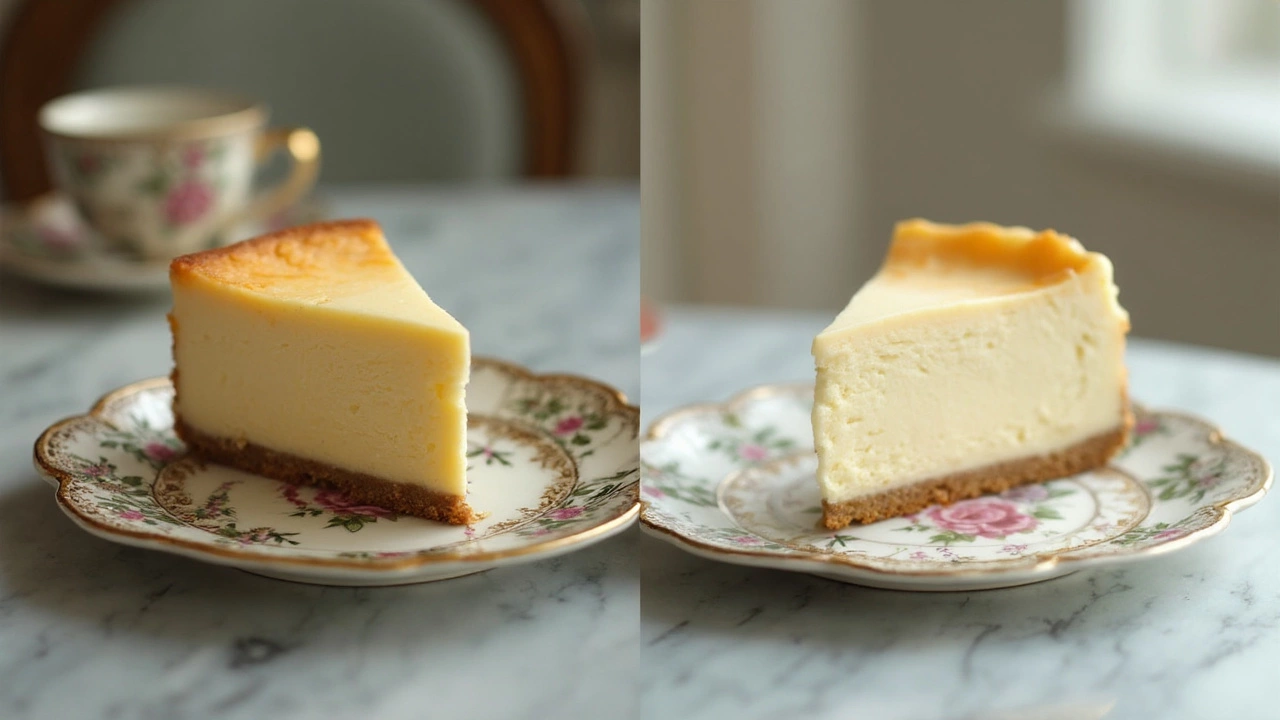
Balancing Ingredients
When it comes to crafting the perfect cheesecake, getting the right balance is key. You know, it's all about complementing the flour or cornstarch with the other ingredients to achieve the texture and taste you’re after. Too much thickener, and you might end up with a block of cheese instead of a lovely slice of heaven.
The key players in this mix are your cream cheese, sugar, eggs, and of course, your chosen thickener. Here's a quick tip: If you're using flour, aim for about two tablespoons for every pound of cream cheese. This keeps things nice and dense, but still lets the creaminess shine. On the other hand, with cornstarch, you only need about one tablespoon for the same amount of cream cheese to get that smooth, dreamy result.
Think of sugar as your balancing act. It not only brings sweetness but also helps blend everything together. A good rule of thumb is a cup of sugar for every 24 ounces of cream cheese, but you can always adjust to your taste. And let's not forget eggs—they're crucial for setting the cheesecake. Too many, and your cake could end up more like a custard. Typically, three eggs for every two pounds of cream cheese do the trick. If you’re feeling adventurous, throw in an extra yolk for richness!
Here’s a little pro tip: Add a splash of vanilla extract or a bit of lemon zest to brighten up the flavors. They might seem small, but these little touches can make a big difference. So, next time you're in the kitchen, playing around with flour or cornstarch, remember to keep it balanced.
| Ingredient | Amount per Pound of Cream Cheese |
|---|---|
| Flour | 2 Tbsp |
| Cornstarch | 1 Tbsp |
| Sugar | 1 cup for 24 oz cream cheese |
| Eggs | 3 eggs for 2 pounds cream cheese |
Tips for Perfect Cheesecake
Alright, so you’re ready to make the perfect cheesecake. Let’s get those tips rolling! Baking isn’t just about tossing ingredients together. It’s a kind of art where details matter. Here's a bunch of no-nonsense tips to help you ace the cheesecake game.
First up, ingredients. Always use room temperature cream cheese. It mixes easier and leads to that creamy texture we all love. Cold cream cheese tends to lend a lumpy texture, which nobody really enjoys.
Another crucial factor? The crust! For a knock-out base, crush those biscuits finely and make sure to pack them in tight. This gives your cheesecake a sturdy foundation. A crumbly crust might ruin the whole experience when you try to serve it.
- Pre-bake the crust. It helps it hold together and keeps it from getting soggy once you pour in the filling.
- Use a water bath. It sounds fancy, but it’s just a clever trick to prevent cracking. Wrapping the outside of the pan in foil and placing it in a larger pan filled with hot water ensures even baking.
- Mix gently. Overmixing can incorporate too much air, causing the top to crack during baking. Mix just until no lumps remain.
Temperature matters too. Bake your cheesecake at a lower temperature than you might bake a cake. Slow and steady wins this race, preventing over-browning and keeping the texture oh-so-smooth.
Lastly, patience is a virtue. Once baked, let your cheesecake cool gradually. A sudden change in temperature can make it crack. And don’t forget to chill it in the fridge for at least a few hours or, even better, overnight. That’s when all the flavors really come together.
So there you have it; these tips should guide you toward perfect cheesecake bliss. Next time you’re baking, keep these pointers in mind, and you’ll be crafting slices of heaven in no time!


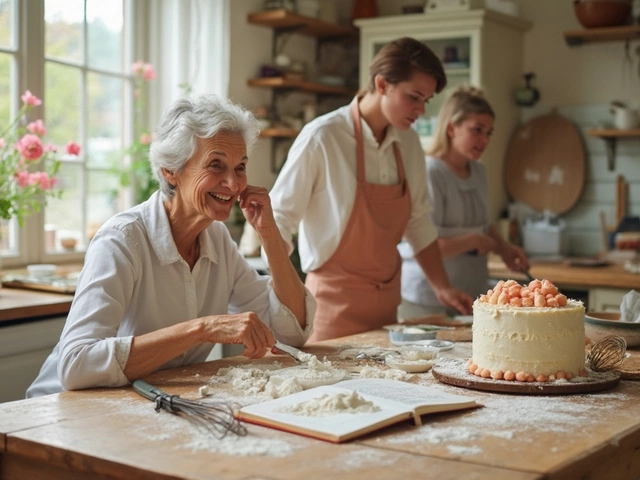
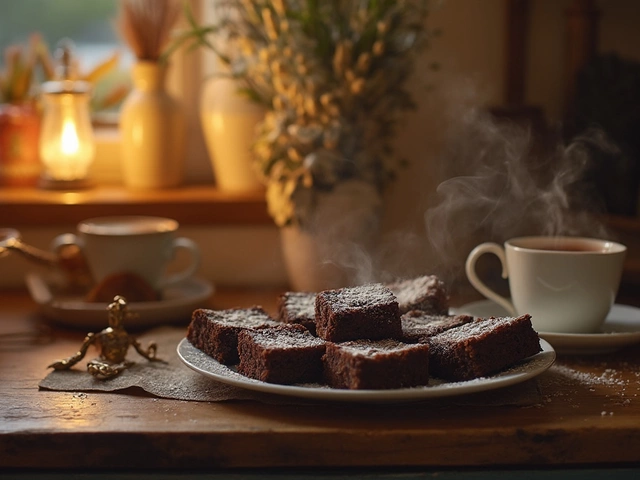
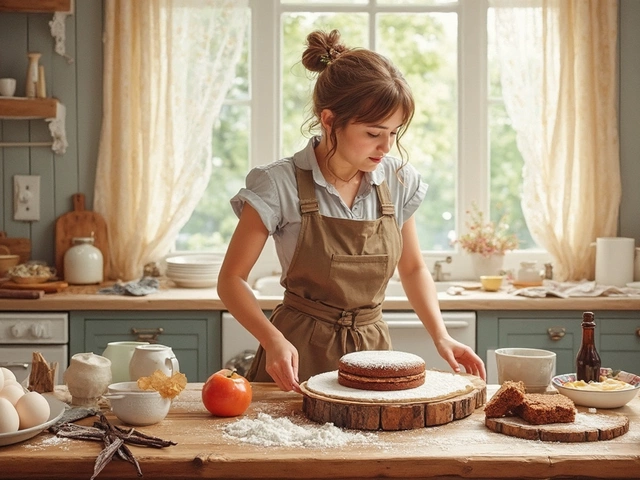

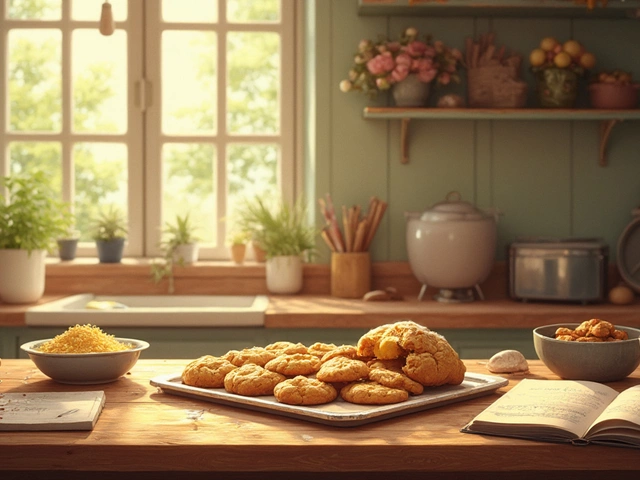
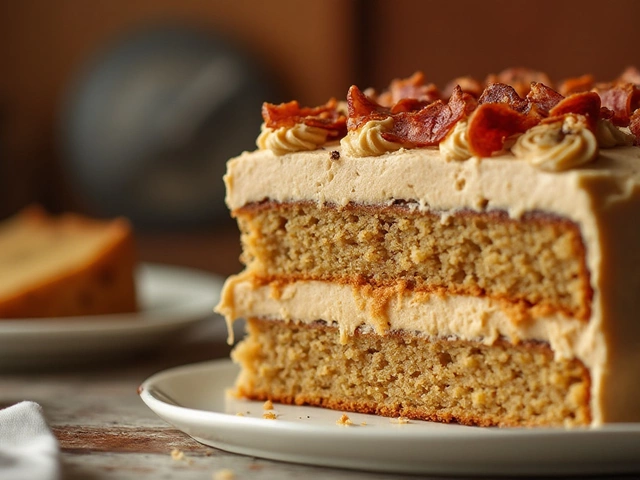
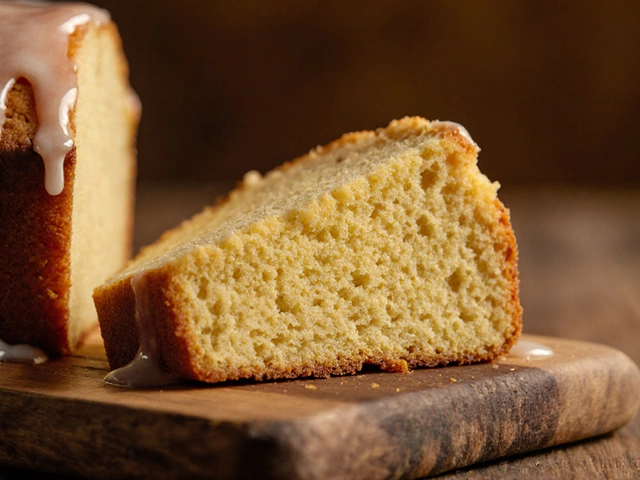

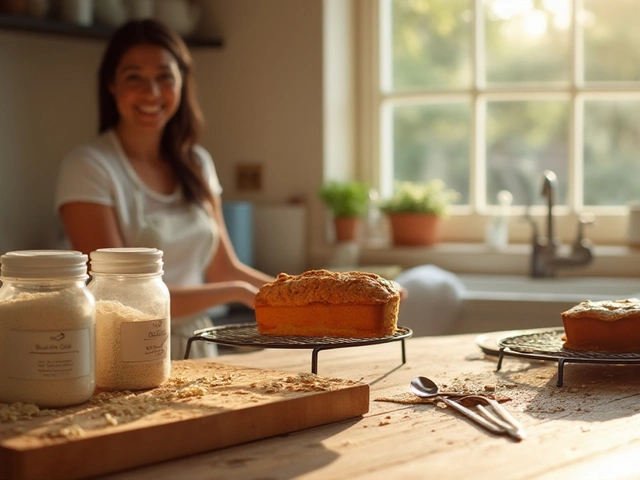
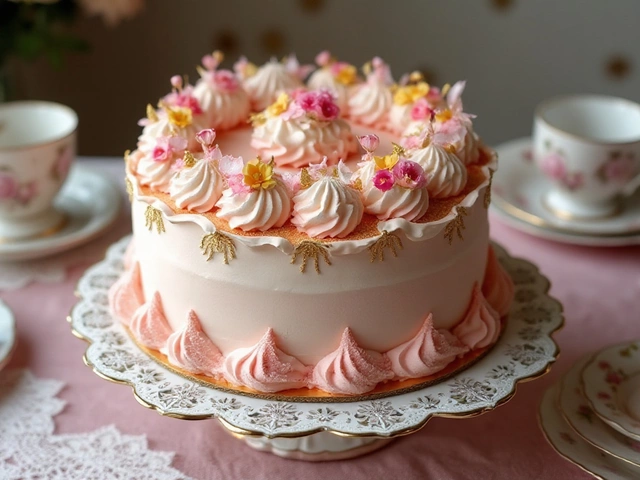
Write a comment